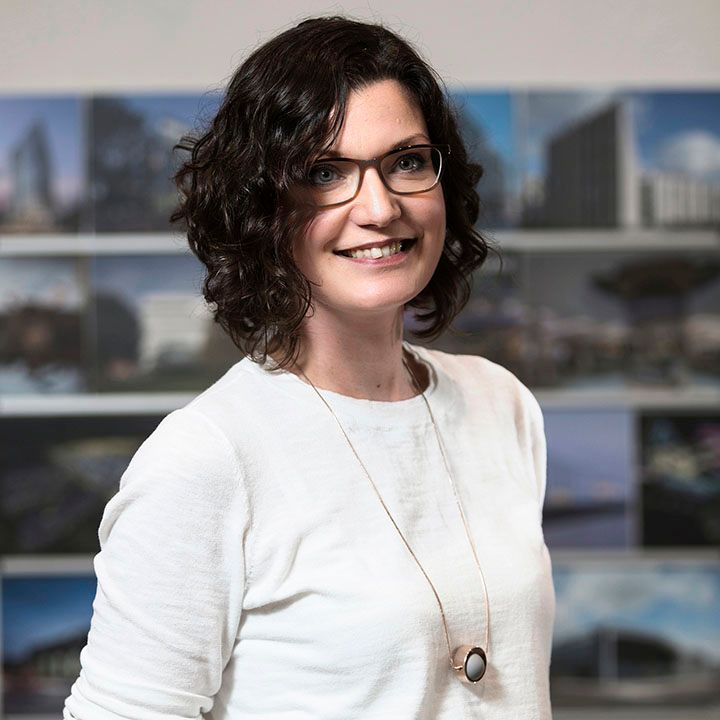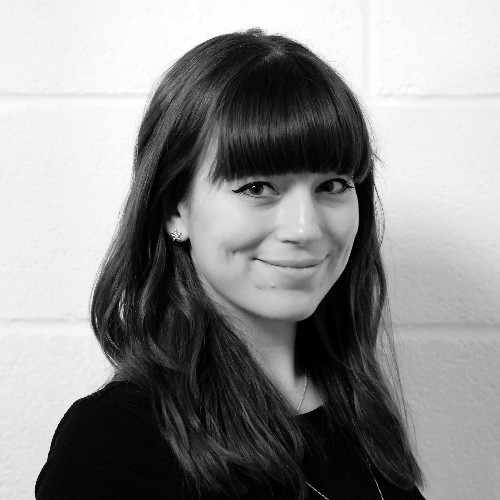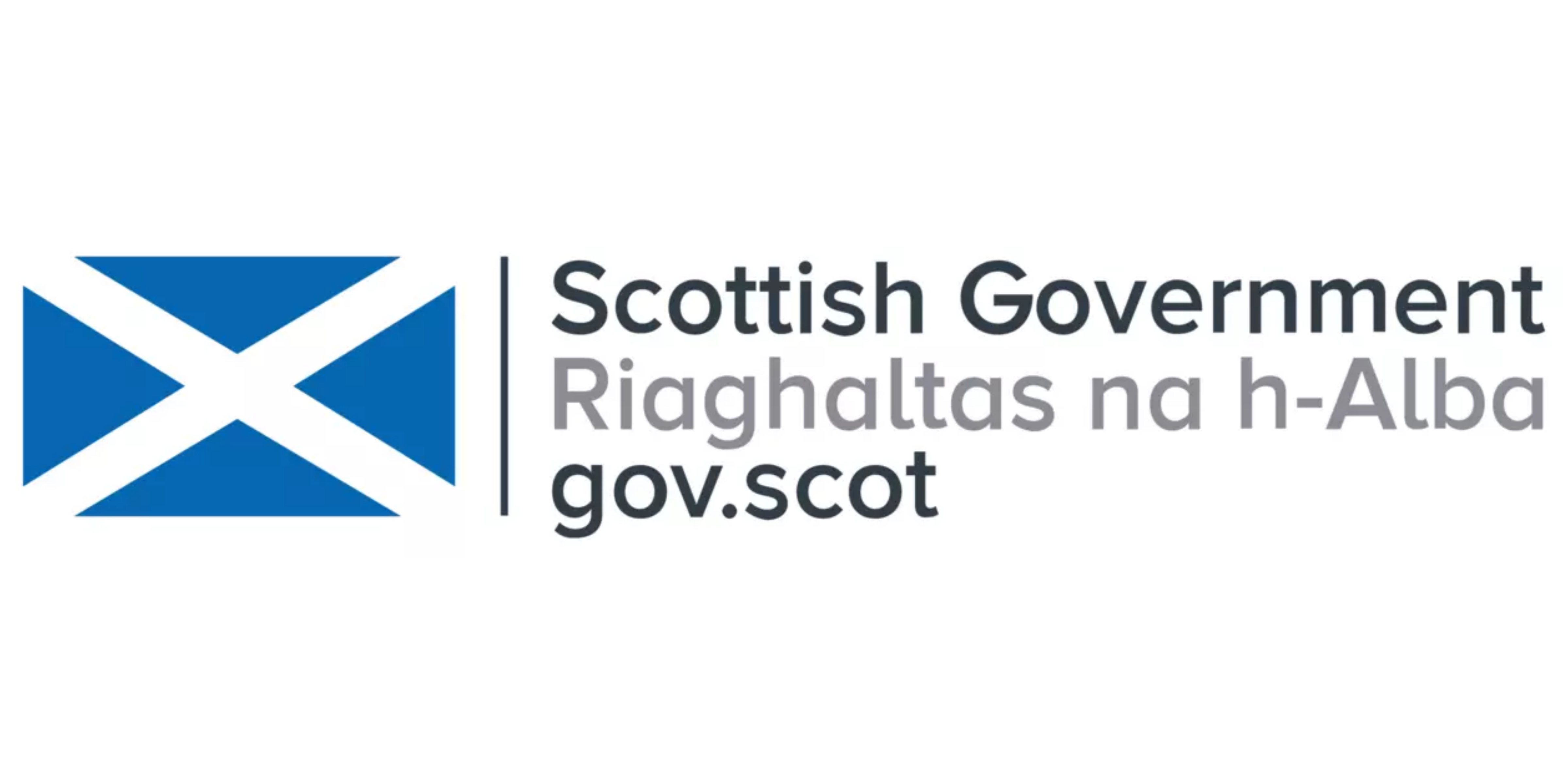Suitable
A Collective Vision for a Connected Campus: Implementing SFT's Briefing and Evaluation Framework - Soo Darcy, Associate, Ryder Architecture & Tracey Mills, Service Manager - Corporate Property Assets, Stirling Council
As councils strive to develop education projects that address the National Performance Framework, Learning Estate Strategy principles and Net Zero commitments, they need to carefully consider the context of place and the communities their schools will serve. The voice of the stakeholder is critically important as schools become collaborative, multi-use places that provide a heart for the local community, yet education projects have increasingly complex stakeholder landscapes that can be hard to manage. The need to measure whether we have achieved our desired outcomes, and to learn from our mistakes and successes for the benefit of the next project, has never been more relevant. Yet it can be difficult for clients to know how best to traverse this important step in the project journey.
SFT, in collaboration with Ryder Architecture, recently launched the Briefing and Evaluation Framework. This provides guidance to help project teams organise their stakeholders, consider a place-based context, and articulate a clear vision and measurable outcomes at the outset of their project. As the project progresses, it will be continually validated against these outcomes and ultimately measured against them post occupancy. The Framework has been piloted successfully on a range of projects, and feedback from clients indicates that the process has been beneficial in helping them to bring stakeholders together to realise shared ambitions and values.
This will be a joint presentation alongside Stirling Council, which has successfully implemented the Framework on Callander Campus. With real life examples of the journey and outcomes, we will discuss the development of the Framework, how the approach helps to support collaboration and connectivity in an education setting, and what we have learnt from both Stirling Council and other local authorities who have followed the process.
A Deep Dive: How data can help schools balance air quality, thermal comfort and energy use - Becky Hayward, Associate Director, BuroHappold & Ben Breaden, Associate Director, BuroHappold
Schools are facing an unprecedented air quality, thermal comfort, energy cost and carbon emissions challenge
The recent covid pandemic has presented a significant challenge - how can schools manage thermal comfort, and keep CO2 levels within acceptable limits while not using excessive amounts of energy in the process? Beyond timetabling and term-time considerations we do not currently understand how the spaces in schools and ELC environments are actually utilised. Without this understanding, effective planning and management to optimise space usage is not possible. This has the potential to detrimentally impact many aspects of the building’s performance – for example where a space is over-utilised air quality can be impacted, which will increase spread of airborne viruses and lower student’s concentration levels.
Scottish Futures Trust, Buro Happold, SmartViz and a group of willing local authority partners are collaboratively undertaking a “Deep Dive” study which runs in parallel with a national school CO2 monitoring study. Whereas insights from the national study have been drawn primarily from CO2 sensor data reported monthly, the Deep Dive study aimed to utilise a wider range of data inputs from a concentrated sample set to enable deeper insights to be drawn. The purpose of this Deep Dive study is to obtain a greater understanding of the different factors that influence the ability of schools to balance fresh air provision with thermal comfort, energy use and occupancy levels. Understanding these factors will allow local authorities across Scotland to make informed decisions, backed up by data, on what mitigation measures are likely to be the most effective.
The intention is that the findings of this study will help to shape future design and operational strategies and guidance across the learning estate.
Rethinking People, Places and Planet with SmartViz: A Digital Twin Platform for Schools - Shrikant, Sharma, Magnus Inglis & Paul Dodd
Schools have a space crisis, wellbeing challenge and excessive energy costs and CO2 footprint. So we need to rethink how schools are designed and operated to deliver a positive impact on people, places and planet.
What is the core issue? We do not fully understand how the physical spaces in schools and educational buildings are utilised beyond timetabling and term-time considerations. Without this full understanding, effective planning and management is not possible. This has the potential to detrimentally impact many aspects of the building’s performance – for example in terms of air quality, which if not optimal will not only accelerate infection spread but also lower student’s concentration levels and compromise their learning.
This presentation covers an innovative approach using data and technology to tackle this challenge with schools. This includes novel IoT (Internet of Things) sensors that anonymously monitor occupancy, movements, temperature, humidity and CO2 values in real time. When integrated with data from timetabling, building management and energy management systems it provides a complete picture of how the school is performing in terms of space efficiency, environmental comfort as well as energy performance. Machine learning and AI is used to monitor trends and predict future performance, with realtime simulations to create alerts, scenario plan and optimise design and operational parameters.
This innovative solution, SmartViz for Schools, is a first-of-a-kind digital twin platform with real-time insights and predictive modelling of occupancy and flows to improve the performance and learning environment of school buildings. The platform is integrated with sensors, timetabling and building management systems to create a single source of truth, and present insights through intuitive, interactive 3D visualisations and dashboards. It therefore not only empowers the non-technical decision makers in schools and councils to boost the building performance and student outcomes, but also engages the end users to improve performance through behavioural change.
The innovation is the outcome of the Scottish Government program CivTech 6 Challenge 7 – which aims at using sensors and data to improve the performance and learning environment of school buildings. It’s a collaboration between Scottish Futures Trust, Midlothian Council and SmartViz Ltd.
This innovation is providing unprecedented insights into how people use educational buildings, and the impact of school design and operations on parameters such as space utilisation, building environment and energy performance. This is opening doors to a number of benefits including enhanced pupil wellbeing and learning, and identifying surplus capacities within buildings for growth. It is informing the refurbishment of existing schools and design of new schools alike.
The presentation will include a live demo of the innovation and technologies in action as well as the emerging insights and outcomes.












.png)
.png)
.png)

